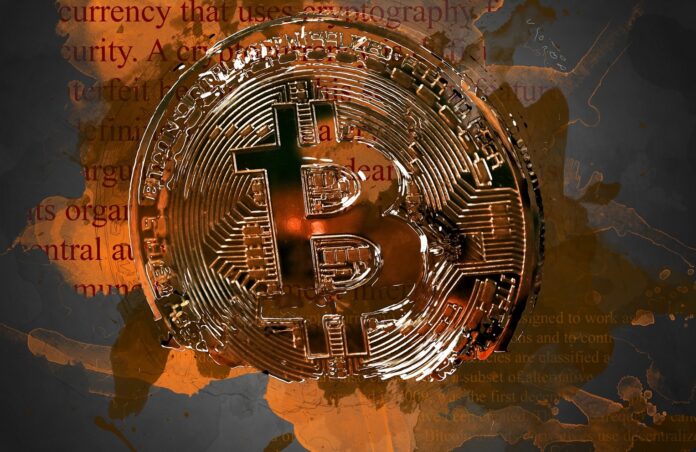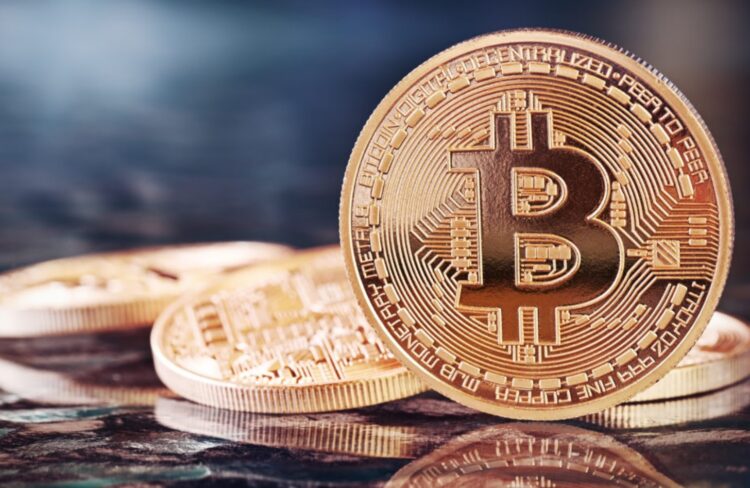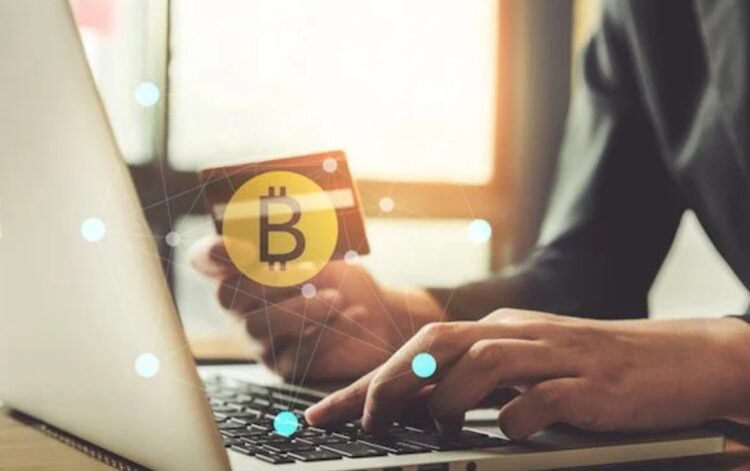
Since the time the internet has been born, the human population’s trust in computer technology has been oscillating. When they first appeared, everyone was awestruck by their scientific and mathematical precision. The nineties brought the first hacker group that was mostly entertained by deleting the network pages data for fun, but also showed it was not so hard to enter into someone else’s computer and mix zeros with ones. This is why a majority of people today take even the simplest output with a heavy dose of skepticism.
But since then, we have become completely dependent on these computers. Exactly because of this, it is important to find a way to trust computers again. This is where blockchain technology and cryptocurrencies are announced as the innovation that will completely change our lives. As radical as they were changed by the internet. But, with a promise to return our trust in computer technology.
Cryptocurrency is a decentralized means of payment. The only way to technically use this means of payment is through the so-called “blockchain”. This is a protocol for carrying out a decentralized consensus. On the other hand, blockchain as a distributive system for carrying out consensus has to have a stimulus so people would be inspired to deal with it – take part in it. For taking part in it, they are awarded a cryptocurrency.
In this article, we present you with the most interesting facts about cryptocurrencies and blockchain:

1. One of the most famous cryptocurrencies, bitcoin (or BTC), as well as blockchain technology was “invented” in 2008 by an individual or a group of people under the pseudonym Satoshi Nakamoto. There is some speculation about who Satoshi might be, but it is still a mystery who is actually hiding behind this name. One way to prove that identity is to sign a message with the keys from the first blocks of bitcoin that Satoshi mined, but so far no one has been able to do that, or they claimed they could not.
2. It is hard to say how many of these digital currencies are available on the market. Some of the latest estimations are that there are over 5000 of them. This doesn’t mean that each and every one of them is worth something. The fact is most of them are junk and will not live to see a year, but another fact is also that they are very unpredictable and can grow in value, fast. This is because the technology based on which they are made allows everyone to create a currency, with the knowledge of programming smart contracts. It is difficult to say which one has the potential to grow in value, especially when they are disguised in funny names, such as Cabbage. This is just camouflage, though.
Many entrepreneurs are working to develop new business models based on digital currencies. Rigstone capital for example has recently invested in some ideas to support international trading with virtual currencies.

3. Blockchain is shared by everyone and owned by no one at the same time. The main question to which cryptocurrencies have an answer is: how in a decentralized, peer-to-peer network to know that the sender really has money that he can pass on to another? If there is no bank, no authority, how to know if anyone has money available to spend at all? The answer is in the complete list of all transactions from the entire history that each member of the network has, a list from which it can be seen that the sender once acquired a cryptocurrency.
A person cannot consume a unit of cryptocurrency if he has not previously acquired it in some way, and the fact that he has acquired it is in the “main book”. This is the central innovation: the “main book” as a list of all transactions (the so-called blockchain). Ongoing transactions are grouped into blocks, and verification of one block usually takes about ten minutes. After processing, a block of verified transactions is added to the chain of previous blocks: each block is encrypted to the previous one, and each is marked with a unique timestamp so that it cannot be changed later. The entire blockchain is the “main book” – a list of all transactions ever made.

There is no single “main book”, it is completely multiplied and divided by all elements of the network so that everyone taking part in it has a complete “main book”. But in reality, nobody owns it. If anyone tries to manipulate his copy, he will no longer be a perfect match, and as a result, the others will reject him. So, safety is guaranteed.
4. There are only so many bitcoins you can mine. The initial idea was to create a currency that will be available to people only in limited numbers. In this particular case, since the mining fever began, more than 80% have already been dug up. The predictions were that the mining activity could go on at least another 100 years, but since so many prospects took the opportunity to get rich, the prediction turned out not to be true. However, the opportunity was seized by another intelligent individual, that created Ethereum to provide space for the creation of more digital assets.

5. Misplacing a wallet is impossible. Is it even worth mentioning how many times each person in this world has experienced the loss of keys and wallet? These two were rated as the top two things people lose the most. Well, both are present in the digital currency world as well. For safekeeping your digital asset, you have a wallet, but only accessible if you have a key. Of course, we’re not talking about the physical, but a digital form. However, since many of us have troubles memorizing digits, we often write the key on a piece of paper we also end up losing. In this way, millions of cryptocurrencies have been lost.
Digital currencies are an interesting and popular topic, everyone learns about these days. Earning some side money is always welcome. If you’re interested to know about how to trade them, check more here: https://bitcoin-supreme.com/.











